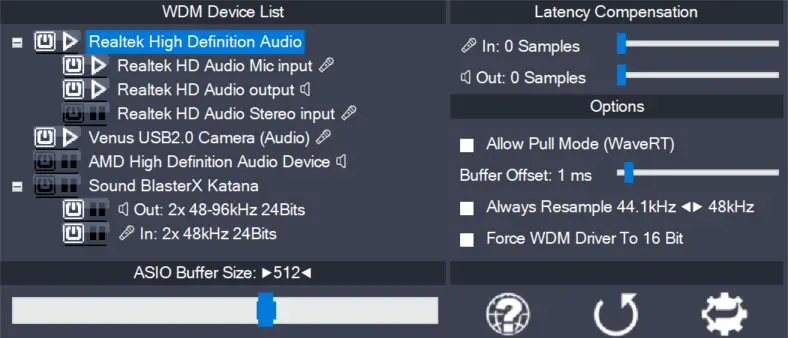Changes since version 2.9 beta 2:
- Add native x64 support. The x64 driver internally is a separate binary and may develop issues not present in the x86 version, so: please test! Otherwise, the behaviour should be entirely transparent.
- GUI moved into its own thread completly. This has been necessary because existing host software as a whole is too broken on average as to be able to chase individual developers and have them fix it. Never mind the intstalled base out there. As a direct result, the ASIO control panel does not appear as modal dialog anymore. However, this solution seems to work better than I orignially expected.
- Improved algorithm to find a workable sample rate for some devices (e.g. EMU 404)





Leave a Reply